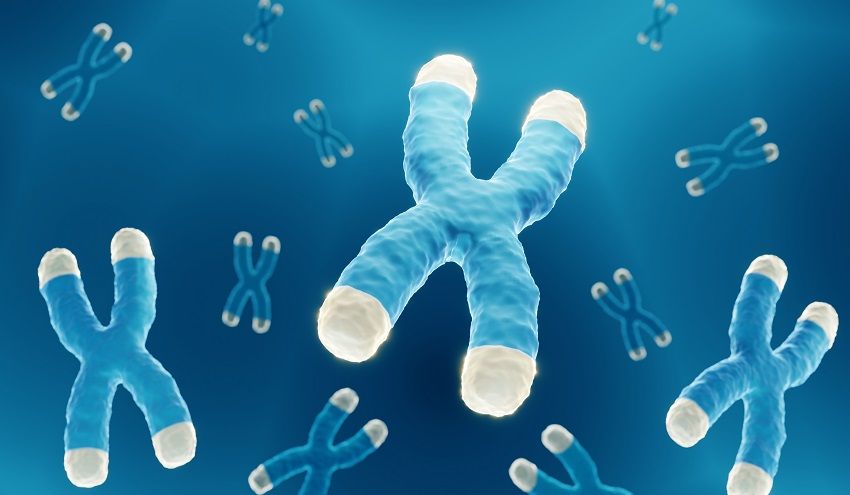As a normal cellular process, telomere length decreases with age. Research indicates that human telomere length declines annually by between 24.8 and 27.7 base pairs. Aging research demands telomere attrition measurement to reveal biological mechanisms. CD BioSciences delivers reliable solutions for measuring telomere attrition rates in aging through a variety of techniques.
 Fig .1 Telomere attrition limits the proliferative potential of cells. (McCord RA and Broccoli D, 2008)
Fig .1 Telomere attrition limits the proliferative potential of cells. (McCord RA and Broccoli D, 2008)
Sample Requirements
To determine telomere attrition rates, it is essential to have high-quality samples. The sample requirements include:
- Size. The sample size should be sufficient to provide enough material for analysis.
- Homogeneity. The sample should be homogeneous to ensure that the telomere length measurements are representative of the entire sample.
- Quality. The samples should be of high quality, free of contamination, and well-preserved.
Sample Types
At CD BioSciences, we use a variety of sample types for determining telomere attrition rates, including lymphocytes, whole blood leukocytes, adult bone marrow, fibroblasts, endothelial cells, brain cells, and muscle cells.
Our Methods for Telomere Attrition Rate Determination in Aging
| Methods |
Data processing |
Telomere Attrition Rate Determination |
| Telomere restriction fragment (TRF) |
We measure telomere length using different techniques. The initial measurement represents the starting point for telomere length, while the terminal measurement is obtained from a sample collected at a later time point using the same method. |
Telomere attrition rate = (Initial telomere length - Terminal telomere length) / (Initial telomere length) × 100% |
| Fluorescence in situ hybridization (FISH) |
| Quantitative PCR (qPCR) |
Applications of Telomere Attrition Rate Determination in Aging Research
- Identifying biomarkers of aging
Telomere length is a strong predictor of aging and age-related diseases. Our clients can identify biomarkers of aging by measuring telomere attrition rates, which can be used to diagnose and monitor age-related diseases.
- Developing anti-aging interventions
We monitor telomere attrition rates to aid in evaluating the effectiveness of various anti-aging interventions, which provides insight into the impact of lifestyle changes, pharmaceutical interventions, and other treatments on aging. Additionally, this data can guide the development of novel anti-aging therapies.
- Studying the aging process
By comparing telomere attrition rates in different tissues and cell types, our clients can gain insights into the mechanisms of aging and the factors that influence telomere length.
- Evaluating the effectiveness of anti-aging treatments
We provide telomere attrition rates as an objective measure for assessing the efficacy of anti-aging treatments. By tracking changes in telomere length over time, our clients can identify interventions that effectively slow down or reverse cellular aging, contributing to the development of evidence-based anti-aging strategies.
CD BioSciences is committed to providing a broad range of telomere loss rate measurement solutions. We offer customized solutions tailored to the specific research question and experimental design, ensuring that the data obtained meets the requirements of our clients. If you are interested in our services, please feel free to contact us or make an online inquiry.
Reference
- McCord RA, Broccoli D. Telomeric chromatin: roles in aging, cancer, and hereditary disease. Mutat Res, 2008, 647 (1-2): 86-93.
All of our services and products are intended for preclinical research use only and cannot be used to diagnose, treat or manage patients.



 Fig .1 Telomere attrition limits the proliferative potential of cells. (McCord RA and Broccoli D, 2008)
Fig .1 Telomere attrition limits the proliferative potential of cells. (McCord RA and Broccoli D, 2008)
